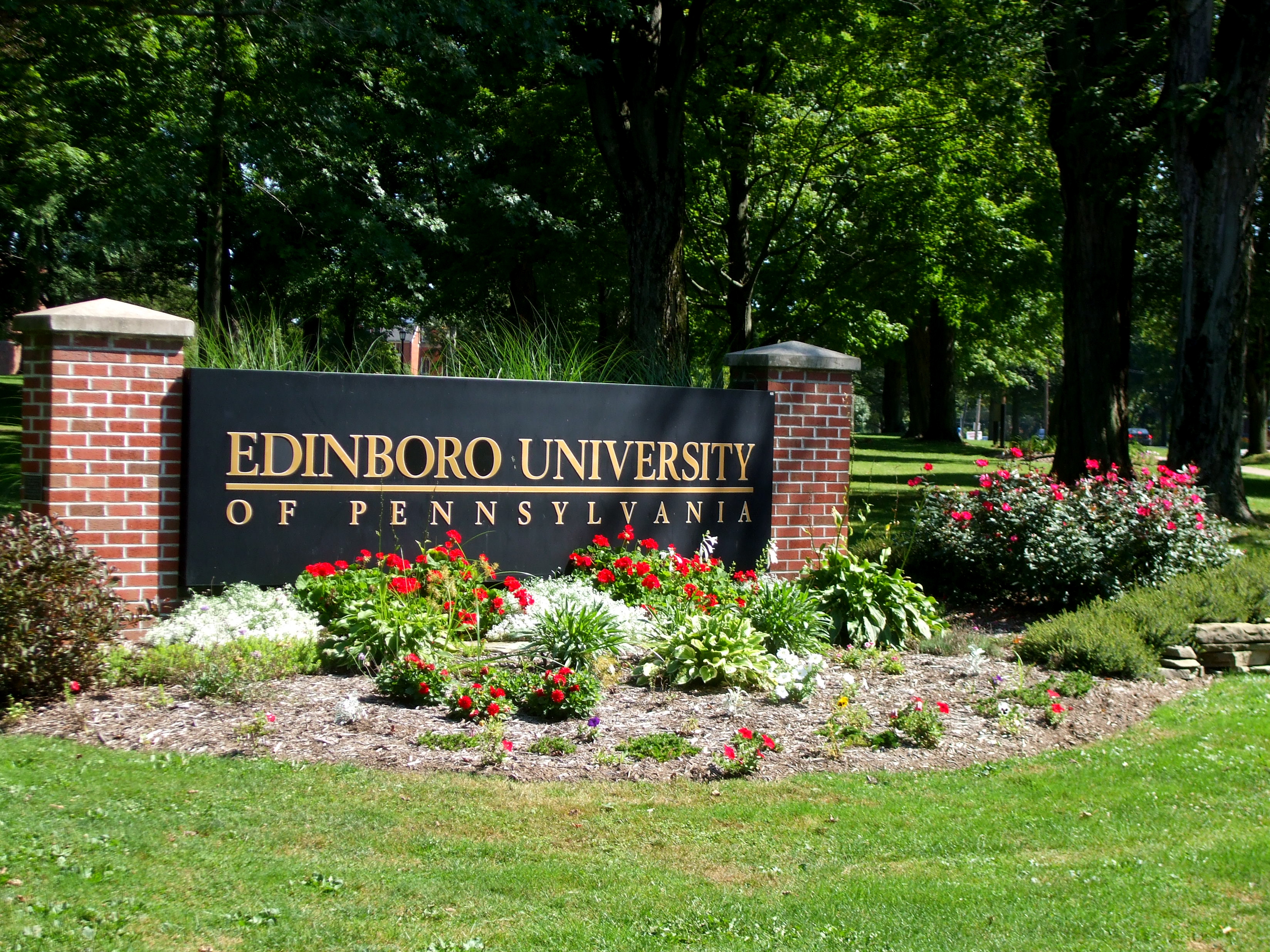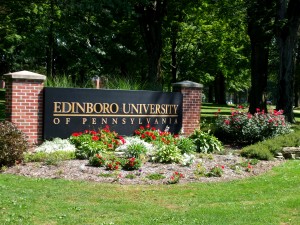“It didn’t come out of the blue,” said Dr. Samuel Claster, assistant professor of sociology at Edinboro University. “It’s been a 30 year period of corporate deregulation of the banking industry and the financial system as a whole.”
Our economic system has a series of economic and political subsystems and in order for them to each function properly, they have to mix with people’s values, beliefs, attitudes and everyday lifestyles in a process called “socialization,” said Claster.
“Investment banking is the largest industrial sector in America and has been since the late 70s,” Claster said, “but a society cannot sustain when wealth is concentrated in that one economic sector.”
Yet, one of the problems with this is that the system pushes its problems on the citizens and hinders our ability to critically examine and question those in power and domination, Claster pointed out.
This then turns into “irrational functioning,” Claster explained.
America has one of the most advanced health care systems in the world, for example, but is 25th compared to other nations with the number of citizens because of our insurance industry, he said. This is the result of us “living in a society where the many are ruled by a few,” Claster said.
This can be seen in the way the mortgage system works.
In the video “Crisis of Credit Visualized” that Claster showed, Jonathan Jarvis, an interaction and media designer, says investment banks link families with a mortgage lender.
Investment bankers then borrow money and call up the various lenders to buy mortgages, which they then divide up into portions and sell to their different investors.
So, says Jarvis, when the homeowners default on their mortgage, it creates a problem. No one wants to buy a house that isn’t bringing in a profit and then “the whole financial system is frozen.”
“What caused the major collapse illustrates the interconnectedness of the banks in our entire financial system,” said Claster.
On September 7, 2008, the government took over and bailed out Fannie Mae and Freddie Mac, two of the major mortgage lenders, and on October 3, 2008, the Senate passed a revised version of Troubled Asset Relief Program (TARP).
“It’s a capital injection,” said Claster, “and what that means is that some of it is loans to come later, but for now they had to get money to the banks immediately.”
According to MotherJones.com, a news website, the banks were considered too big to fail, so one of the solutions was to make them bigger, such as have Wells Fargo buy Wachovia.
Other problems added to the crisis. Fraud, which is also known as “robosigning,” and Mortgage Electronic Registration System (MERS), said Claster.
“Robosigning sounds fancy, but it’s actually criminal,” said Claster. It’s when a person gets paid to sign the names of six or so bank presidents to hundreds of different loans without their consent. These are actual legal documents and this happens all over the country.
MERS may be an efficient way to keep track of the thousands of housing mortgages, “but it values efficiency over customer service,” Claster said. “People don’t know who owns their mortgages, they have no contact with them and they don’t know where the actual titles to their mortgages are.”
In 2010, the Frank Dodd Act was put into play. It created a lot of government regulatory councils and commissions so that they could redesign our regulatory system. “Yet, the things that have happened can happen again because new bubbles will burst,” said Claster. “Critics are pushing to break up the banks and stop making them bigger because what we’re actually doing is socializing our problems and privatizing our profits.”
The government also struck a $24 billion deal with Bank of America, Wells Fargo, and other major banks,” said Claster. Seventeen billion dollars would be set aside for credit forgiveness, while $5 billion would be put into cash payouts to those who have been foreclosed upon.
Claster asked, “Is the administration saving the system and making real good economic policy and reform or is it all part of a political strategy that keeps the two party system rolling on?”
Claster stressed that Americans must not always trust governmental decision-making. “We have experience and we have the expertise,” Claster said. “We can’t leave it to the people who rule this country.”
–Anna Tielmann (Taken from The Spectator, Vol. III, Issue 19)

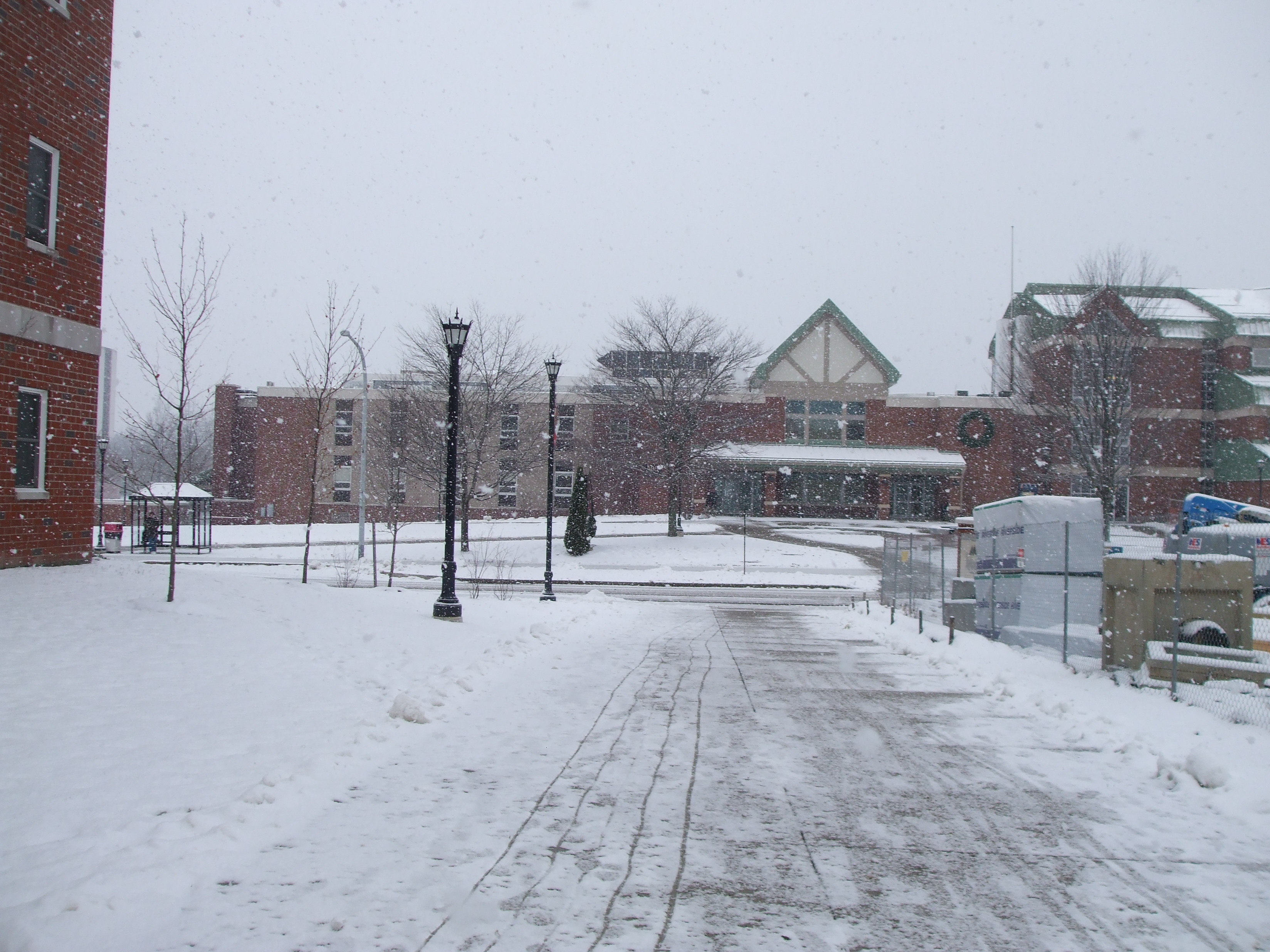
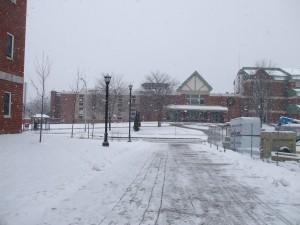
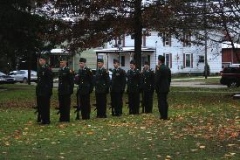


 The reputation of the Office for Students with Disabilities (OSD) has resulted in record numbers of handicapped students this year than Edinboro University has ever seen.
The reputation of the Office for Students with Disabilities (OSD) has resulted in record numbers of handicapped students this year than Edinboro University has ever seen.